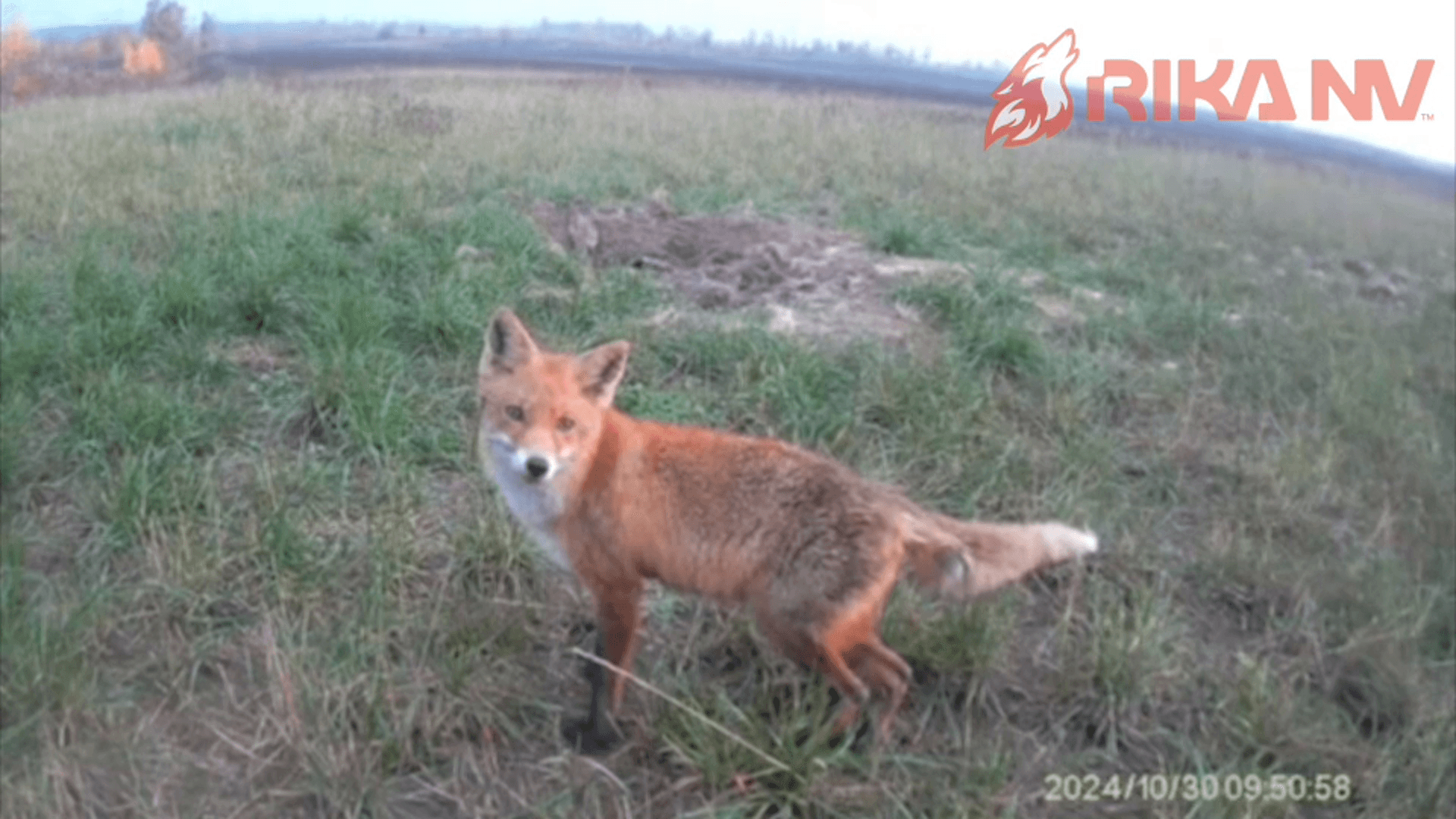
Hunting in the Amatola Mountains: Challenging Terrain, Elusive Game, and Traditional Bushveld Pursuits Natural Features in the Amatola Mountains The Amatola Mountains, forming part of South Africa’s Great Escarpment, rise from 1,200 to over 1,800 meters and feature steep ridges, misty forests, grassy highlands, and indigenous woodlands. High rainfall and permanent water sources support a resilient ecosystem. The mountainous terrain makes hunting here physically demanding and uniquely rewarding, with glassing and long stalks across uneven ground being essential components of the experience. Hunting Demographics Primarily a destination for South African hunters, especially from the Eastern Cape, the Amatolas attract those seeking traditional, fair-chase hunting. The region has a strong heritage of family hunting. International hunters do visit, though typically for specific, hard-to-find species like grey rhebok and mountain reedbuck, valuing the difficulty and authenticity over volume or luxury. Hunting Characteristics in the Amatola Mountains Steep, forested slopes, sudden weather shifts, and thick cover define the hunt. Spotting and stalking dominate the hunting style, with long-distance shots across ridges being common. Due to limited visibility and mobility, bowhunting is rare. Light, high-velocity rifles are favored. Success demands physical fitness, patience, and mountain-savvy marksmanship. Types of Hunting and Game Species While not teeming with game like open savannahs, the Amatolas offer prestigious trophies: Grey Rhebok – iconic mountain species, elusive and prized for their thick winter coats Mountain Reedbuck – found near rocky slopes, active in early mornings and evenings Bushbuck – highly challenging, skittish, and usually found along forest edges Common Duiker & Cape Grysbok – present at lower elevations Warthog, Baboons, Caracal, Jackal – additional quarry, with caracal hunted under control permits Hunting Time May through August marks the best time to hunt—cooler temperatures thin out vegetation, and game is more visible. Grey rhebok rut in June and July, while mountain reedbuck become more active later in winter. Bushbuck, being non-seasonal breeders, are most visible during the cold months. Summer is generally avoided due to thick growth and heat. Hunting Organizations Fewer commercial outfitters operate in the Amatolas. Instead, hunting is arranged via landowners or family-run bush camps. Local guides bring deep, generational knowledge, often making the difference between a successful hunt and a missed opportunity. Many hunters and landowners belong to organizations like SAHGCA, ensuring high standards of ethics and conservation. Hunting Regulations All hunting is regulated by Eastern Cape provincial law. Hunters must obtain: Species-specific permits Permission from landowners Firearm licenses in accordance with national laws Guidance from licensed professional hunters for trophy species Population controls and seasonal restrictions are enforced, especially for species like grey rhebok, to ensure sustainability and ecological balance. Hunting Traditions In the Amatolas, hunting is a heritage. Local families hunt for biltong and food, preserving bushcraft and ecological knowledge. There is a deep respect for the land, with hunting seen as a form of stewardship and sustainable land use. Success is measured in the quality of the experience rather than the quantity of game harvested. Interesting Facts about the Amatola Mountains Grey rhebok here have thick, cold-resistant coats and are among South Africa’s most challenging trophies Bushbuck in the region are elusive due to low human disturbance Forest-edge ambush hunting is a common local tactic The terrain and climate often resemble alpine hunting conditions found in Europe or North America Rapid weather changes are common—hunters must be ready for fog, sun, wind, and rain in a single day
Post: 21 July 19:02















































